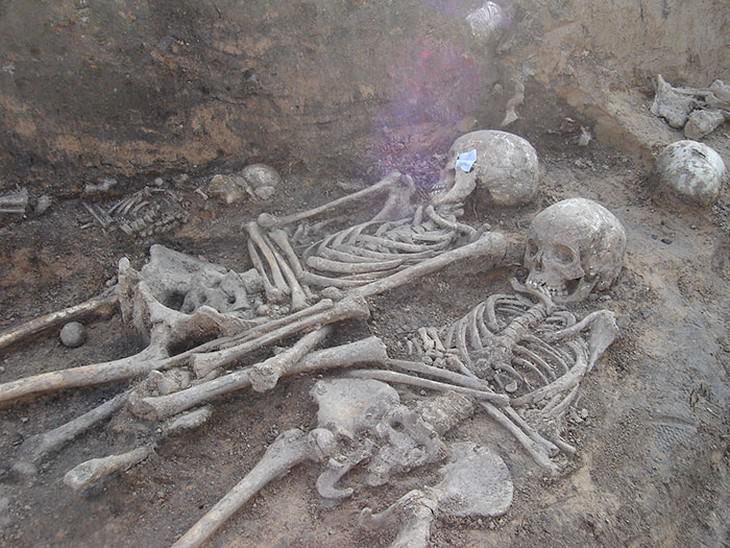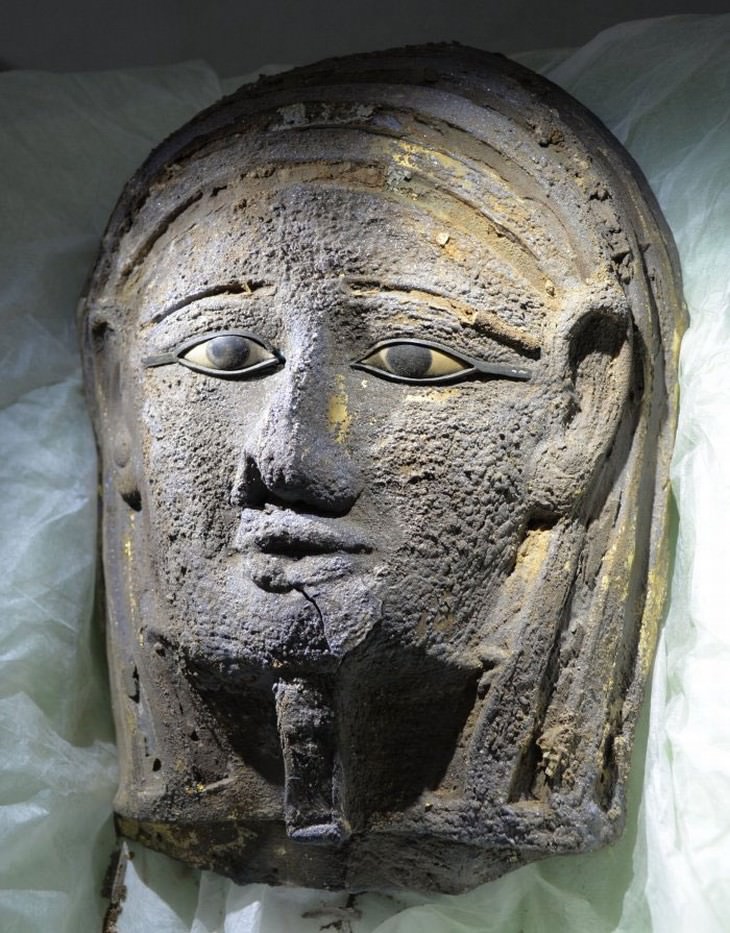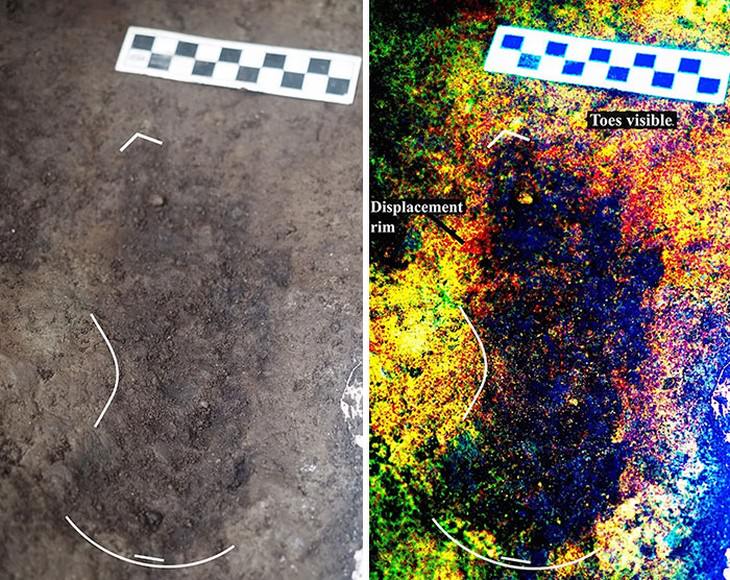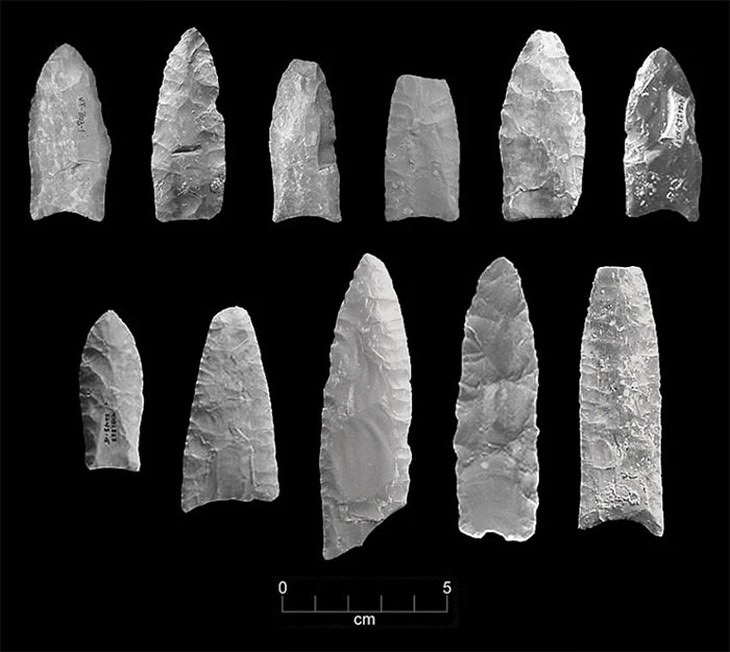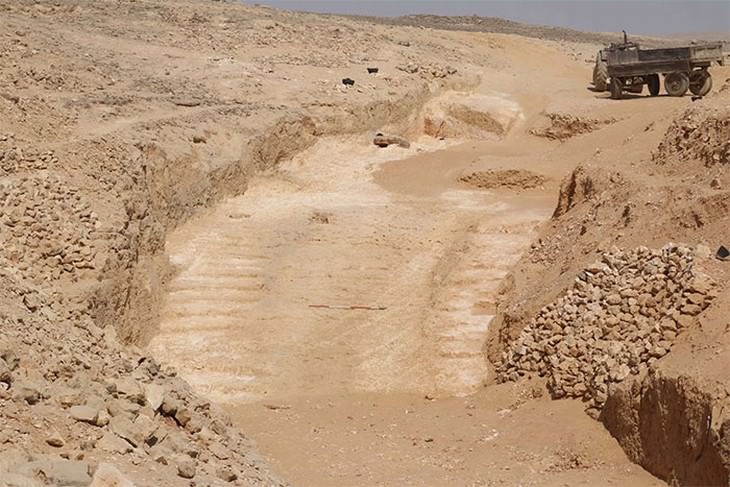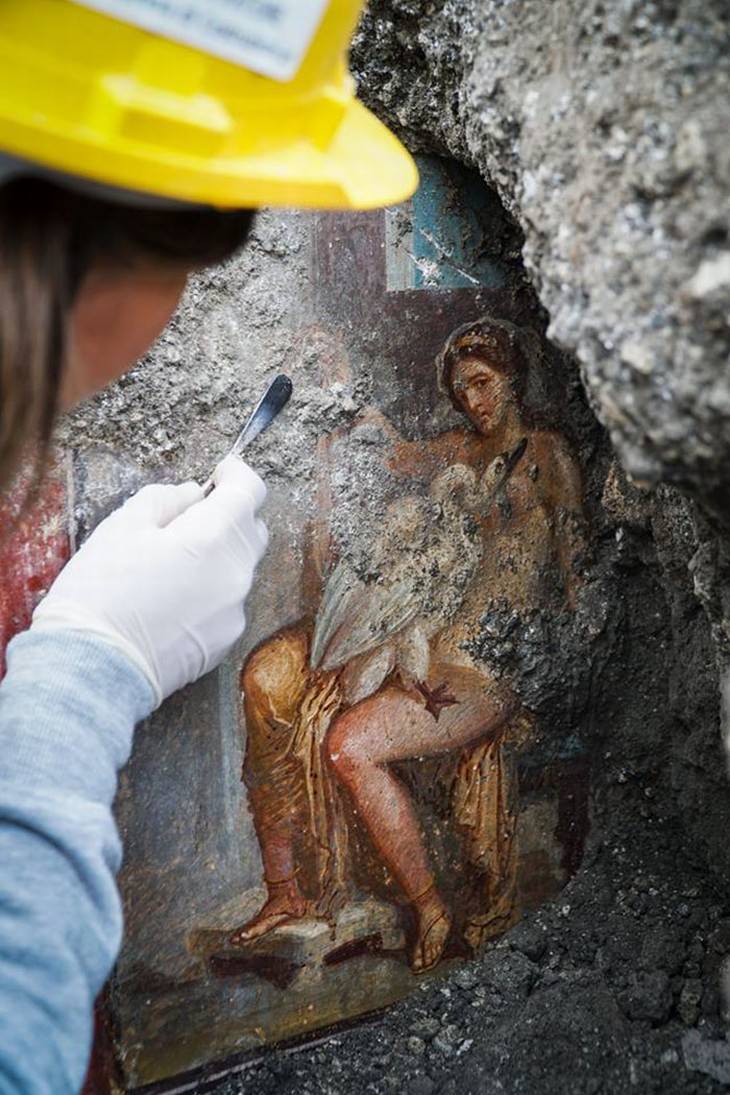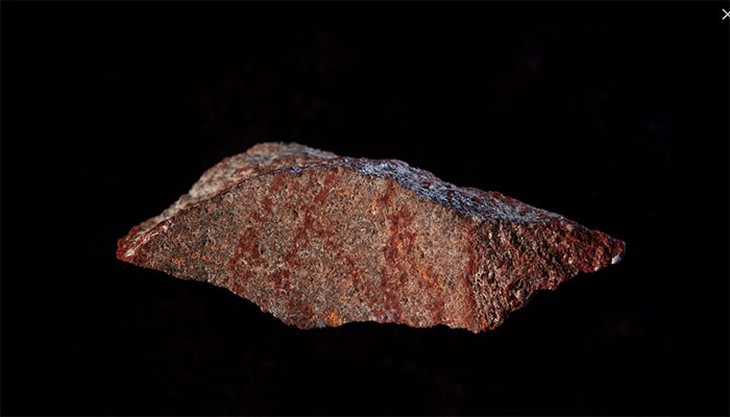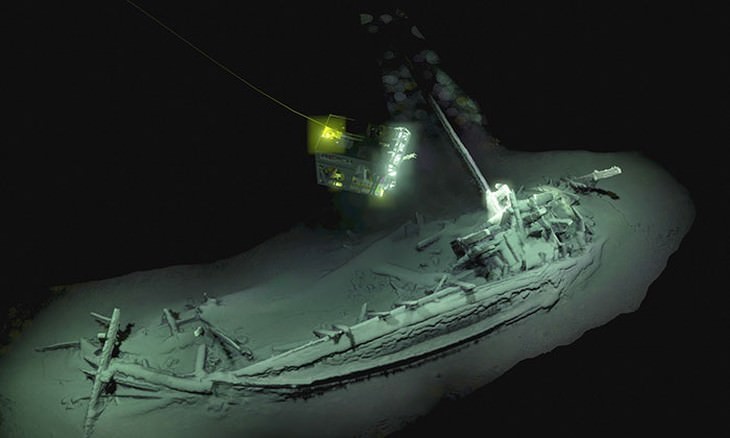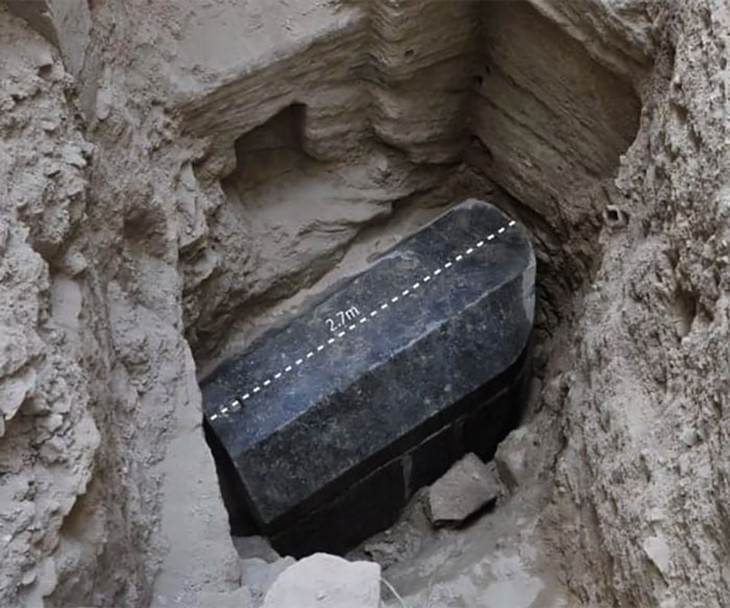1. The Original Black Death Thousands of Years Ago
Location of the expedition: Steppes of Eastern Europe
Date of the findings: 3800 BCE
The largest pandemic recorded in history is the infamous 14th century Black Death that took nearly 50 million lives and wiped out most of the population of Europe, or so we thought… A recent excavation found skeletons from 3800 BC harboring traces of the bacteria that cause bubonic plague, Yersinia pestis.
The skeletons were found in the steppes of Eastern Europe, which is a crucial clue, as historical data suggests that around 3500 BC a mass relocation of people began from the East to Western Europe.
Until now, no one could explain why so many people suddenly moved so far from home, but it becomes clear that a terrible plague outbreak must have urged them to relocate.
2. A Silver-Masked Mummy Found in Egypt
Location of the expedition: Egypt
Date of the findings: 664 to 404 BCE
Just when you thought we learned everything we could about Egyptian mummies, archeologists surprised us with a new finding: they discovered a mummy workshop. The building stored hundreds of ceramic bowls with various oils and other substances used for mummification.
A hidden 100-feet-long tunnel near the building led to burial chambers with dozens of mummies.
Among those mummies was a sarcophagus belonging to Tadihor, a woman in a silver mask. Her sarcophagus was surrounded by numerous protective figurines with her name on them. According to Egyptian religious texts, the bones of gods are made of silver and gold, so a mummy wearing a silver mask meant that Tadihor will become a god after her death.
3. Archeologists Found the Oldest Human Footprints
Location of the expedition: Canada
Age of the findings: 13,000 years
A Canadian expedition on Calvert Island found what are believed to be the oldest human footprints. The footprints belonged to 3 people: a child and two adults.
The scientists managed to estimate the date of the footprints thanks to a piece of wood found right next to them. Radiocarbon dating revealed that the footprints were between 13,300 and 13,000 years old.
4. Arrows Found in Texas May Reinterpret Native American Origins
Location of the expedition: Texas
Age of the findings: at least 16,000 years
The working hypothesis for the origins of Native Americans was that they moved to North America from Siberia around 13,000 years ago.
Archeological work in Texas undermines this hypothesis, as tools, arrowheads, and blades as old as 16,000-20,000 years were found during this expedition.
The more plausible hypothesis now is that the first Native Americans were European travelers that crossed the Atlantic ocean via Arctic ice sheets that existed during the Pleistocene Epoch, which ended only around 11,700 years ago.
5. Humans Knew How to Prepare Bread and Beer Much Earlier Than We Thought
Location of the expedition: Israel and northeastern Jordan
Age of the findings: 13,000 years
We grouped these 2 separate archeological excavations in one due to their culinary nature. The first discovery was that humans knew how to make bread significantly earlier than they started growing crops, about 4,000 years earlier, to be more precise.
Researchers from the University of Copenhagen who focused on the Natufian civilization found that they baked bread in stone ovens from wild wheat and barley grains.
This Israel-based research team also discovered remnants of beer in stone pits found in Raqefet Cave, which must have been the first known alcohol-brewing grounds in history. It is now clear that the same people, Natufians, knew how to brew beer and make bread as far back as 13,000 years ago.
6. Archeologists Found a New Puzzle Piece to Explain the Origin of the Pyramids
Location of the expedition: Egypt
Age of the findings: 4,500 years
Researchers might be another step closer to solving the mystery of how the pyramids were built. Research conducted at a site in Hatnub, an ancient Egyptian quarry, found a 4,500-year-old ramp system that would let workers raise stone blocks using a sled and ropes even on very steep slopes.
Several ropes were attached to each sled. They acted as force multipliers and made it much easier to pull the heavy stone-laden sled up the ramp.
7. The Last Area in Pompeii Uncovered
Location of the expedition: Italy
Date of the findings: 600 BCE
The tragic volcano eruption in Pompeii continues teaching historians about Roman antique culture and everyday life in astonishing detail.
Though most of the city was uncovered years ago, one of the segments was left untouched until 2018. Archeologists had to work fast, as the dirt and ashes from this unexplored area were threatening the integrity of the already-discovered parts that are open to tourists.
The hard work definitely paid off, as the archeologists found a house with an enormous lararium, a room present in many Roman houses dedicated to the guardian deities (Lares).
Inside the room, they found several frescoes of animals and golden snakes, which proved the speculation that the lararium was the most beautiful and important place in any Roman home.
8. The Oldest Drawing in the History of Humanity
Location of the expedition: South Africa
Age of the findings: 73,000 years
One of the most notable discoveries of the year was the oldest drawing, which was found in the Blombos cave near Cape Town and believed to be 73,000 years old. It predates other early drawings by at least 30,000 years.
The drawing was made using a red ocher crayon, one of the first painting mediums in human history. Apart from the drawing, the cave also contained bone tools, teeth, beads made of seashells and engravings.
At this point, it is unknown if the drawing had a specific purpose, but several scientists speculate that it might have a symbolic purpose or may even be an unknown writing system.
9. The Oldest Shipwreck Found at the Bottom of the Black Sea
Location of the expedition: the Black Sea, near the coast of Bulgaria
Age of the findings: 2,400 years
A 2,400-year-old Greek merchant ship was discovered more than a mile under the surface of the Black Seas near the coast of Bulgaria. This is the oldest known shipwreck and the researchers pointed out that it is in remarkable condition thanks to the oxygen-deprived atmosphere at the bottom of the Black Sea.
This finding may change our understanding of shipbuilding in the ancient world. Apart from the Greek ship, the research team found over 70 other shipwrecks: Roman trading vessels with intact wares, several 17-century Cossack battleships, as well as a completely-intact classical-period ship.
10. The Puzzling Story of a Sewage-Filled Sarcophagus
Location of the expedition: Egypt
Date of the findings: 332 BCE
This scandalous finding is more about the drama surrounding it than the discovery itself. It is true that we are talking about the largest sarcophagus found in Alexandria (it contained 3 corpses, one of a 20-25-year-old woman and two men in their 30s or 40s).
However, the story became so popular in the media because the sarcophagus was filled with mysterious red ooze. Archeologists soon established that the disgusting-looking liquid was nothing else but sewage water that seeped into the granite sarcophagus, but some people believed otherwise.
Over 17,000 citizens claimed that the ooze had some magical healing powers and wanted to drink it, which immediately caught the media’s attention. In the end, the sarcophagus was moved to Alexandria National Museum, and thankfully, no sewage-drinking ever happened.

